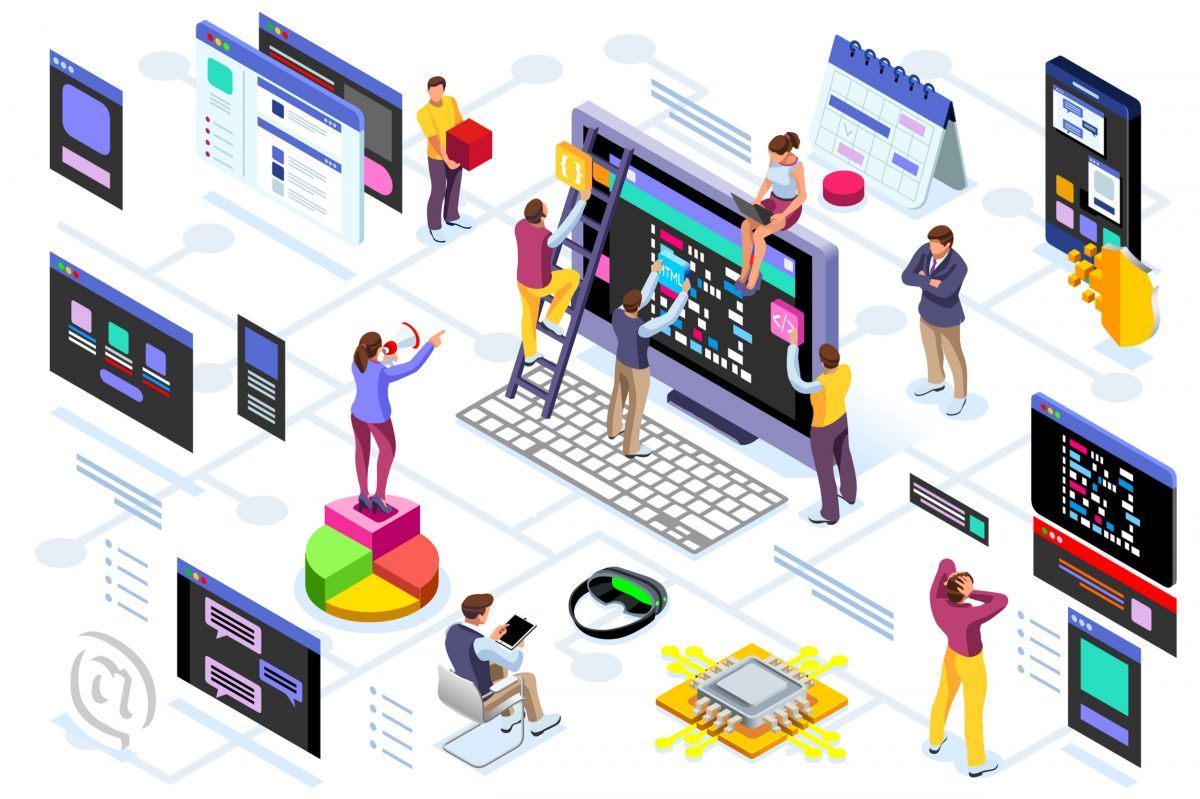Is your Digital Transformation complete? Covid has forced many businesses to embrace home working, enable online orders, engage with suppliers, customers and employees via digital channels, whilst leaving all the physical paper trails in the filing cabinet.

Or has it?
Many organisations have had to accelerate what they had to do to survive…..not much more. It was forced, it was rushed and in many cases was focused on “good enough to get by”.
As we start to approach a new post Covid normality it is time to look at those “too hard to do” areas of your digital transformation. This is often the integration of disparate business functions, systems and services.
Ask yourself:
- What information couldn’t I get access to?
- What processes were broken/impacted because we couldn’t pass paper?
- How many times did you have to call someone to extract some data/information that should have been readily available?
The answers to these questions and more should form the plan for your next phase of digital transformation.
Integrating business systems, information and data is possible and much more maintainable that you think.
With Microsoft Power BI you can provide a holistic view of your business and the information that you need to operate day to day.
Where does the data comes from?
No matter what systems you run your business on we can extract, transform and help you relate the information together. Two very common examples are:
- Microsoft Excel
The majority of businesses rely heavily upon Excel and that won’t change anytime soon. With Power BI you can take the information held in these disparate Excel files and pull them into a single view of the world. - Salesforce CRM
Do your sales team work in their own world? With PowerBI we can provide direct integration between the pipeline information and the information held within your accounting or ERP systems.
How many systems do I have?
This varies considerably by orgnisation and depends not only on scale but also geography, acquisitions, regulatory borders, etc. A blog published by Business Enterprise Mapping in 2019 suggests there are 12 standard enterprise business systems:
You may not have them all, or in some cases you may have multiples.
You may not actually think of them as “a system” but just data held somewhere.
Whatever your situation, you can gain better insights?
Bringing this information together allows you to make better decisions, and with the right support, forecast and plan for what the future might hold.
Want to learn more?
Get in contact with us here




About the author
IJYI Ltd
IJYI Ltd.